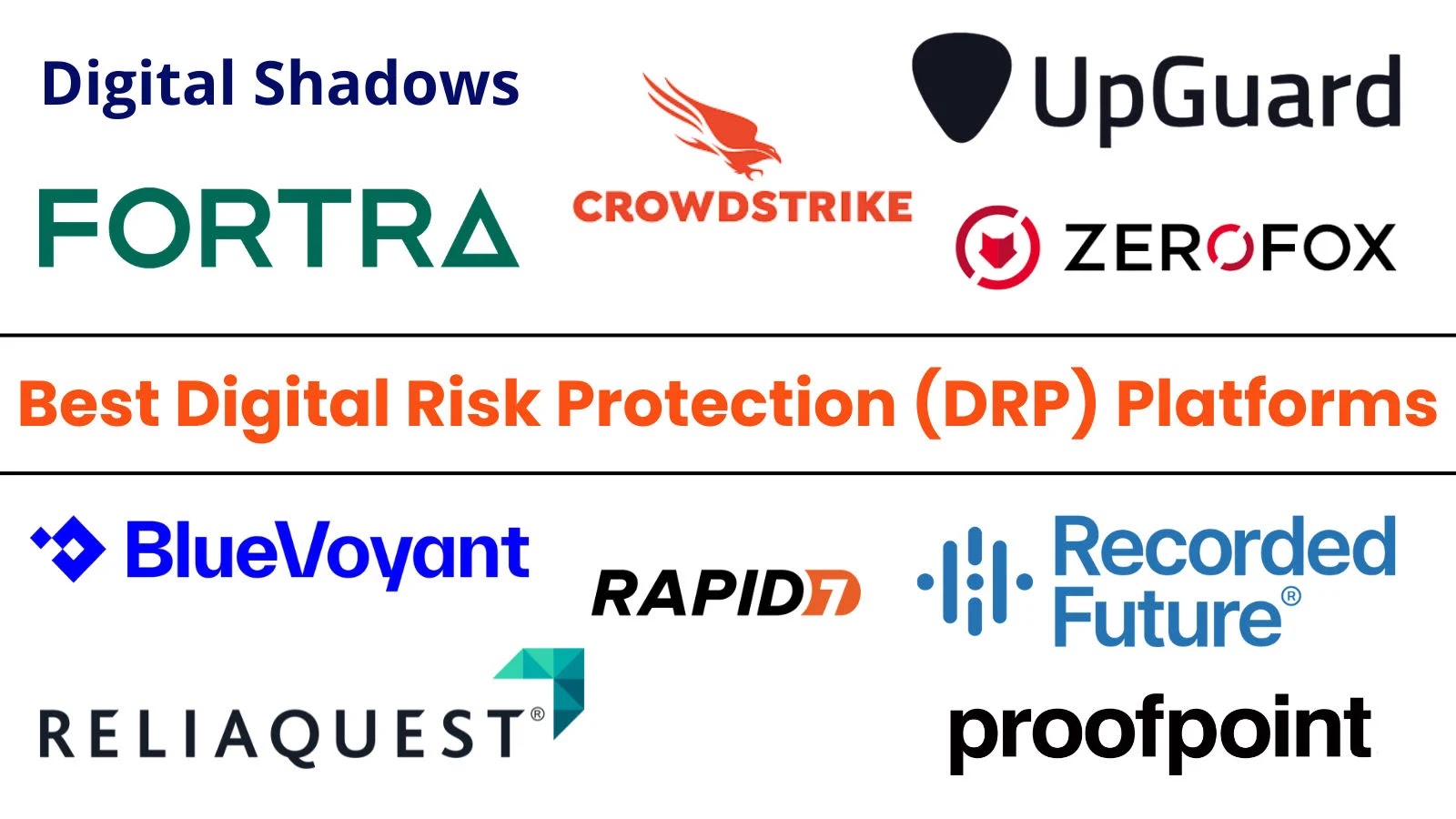
Top 10 Best Digital Risk Protection (DRP) Platforms in 2025
The digital landscape of 2025 presents organizations with a relentless barrage of sophisticated cyber threats. Traditional perimeter defenses, while essential, no longer suffice against an adversary that actively exploits brand reputation, employee vulnerabilities, and supply chain weaknesses beyond the corporate firewall. Digital Risk Protection (DRP) platforms have emerged as a critical line of defense, offering proactive intelligence and mitigation capabilities against the external threats that increasingly define modern cyber warfare. This article delves into the top DRP platforms poised to dominate the market in 2025, providing a crucial guide for cybersecurity professionals navigating this complex terrain.
Understanding Digital Risk Protection (DRP)
Digital Risk Protection (DRP) is a specialized cybersecurity discipline focused on identifying, assessing, and mitigating digital risks originating outside an organization’s traditional network perimeter. These risks encompass a wide array of activities, including brand impersonation, data leaks, phishing attacks, executive impersonation, and other forms of cybercrime that can severely impact an organization’s reputation, financial stability, and operational continuity. DRP platforms achieve this by continuously monitoring vast swathes of the internet, including the open web, deep web, and dark web, for mentions of an organization’s brand, employees, and assets, flagging potential threats before they escalate.
The Evolving Threat Landscape in 2025
The acceleration of digital transformation has unfortunately been mirrored by the rapid evolution of cyber threats. In 2025, businesses face unprecedented challenges: sophisticated phishing campaigns with highly personalized lures, the proliferation of deepfakes for executive impersonation, and the constant threat of sensitive data being exfiltrated and sold on dark web marketplaces. Moreover, supply chain attacks (such as those exploiting vulnerabilities like CVE-2023-38827, impacting services through third-party dependencies) highlight the need for visibility into external risks that could indirectly compromise an organization. DRP platforms offer the necessary proactive stance to counteract these multifaceted and often stealthy threats.
Top 10 Best Digital Risk Protection (DRP) Platforms in 2025
While specific rankings can fluctuate, the following DRP platforms are consistently recognized for their robust capabilities and innovation in protecting organizations from external digital threats. They represent the vanguard of technologies empowering security teams to gain actionable intelligence and respond effectively.
For a detailed analysis and the full list of leading DRP platforms, professionals are encouraged to consult resources such as the comprehensive guide “Best Digital Risk Protection (DRP) Platforms” on Cyber Security News. This external resource provides in-depth reviews and comparative insights into the market leaders.
Key Features of Leading DRP Platforms
A robust DRP platform typically incorporates several core functionalities to provide comprehensive external threat protection:
- Threat Intelligence Gathering: Continuous monitoring of open, deep, and dark web sources for mentions of the organization, its brands, executives, and intellectual property.
- Brand Protection: Detection and mitigation of brand impersonation, fake domains, fraudulent social media accounts, and unauthorized use of logos or trademarks.
- Data Leak Detection: Identification of sensitive data (credentials, PII, intellectual property) leaked onto public forums, paste sites, or dark web markets. This includes identifying breaches like those related to CVE-2023-44487 which could expose sensitive web server data.
- Phishing and Scams Detection: Proactive identification of phishing kits, fraudulent login pages, and social engineering campaigns targeting employees or customers.
- Executive Protection: Monitoring for personal information of executives, potential impersonation attempts, and targeted threats.
- Automated Takedown Capabilities: Streamlined processes for requesting the removal of malicious content, fake sites, or fraudulent social media profiles.
- Attack Surface Management: Discovering and monitoring external-facing assets, including forgotten subdomains or rogue servers, that could be exploited.
Implementing a DRP Strategy
Integrating a DRP platform effectively requires a strategic approach. Organizations should:
- Define Scope: Clearly identify critical assets, brands, employees, and data points that require protection.
- Integrate with Existing Security Operations: Ensure the DRP platform can feed intelligence into SIEMs, SOAR platforms, and incident response workflows.
- Regularly Review and Tune: Phishing techniques evolve rapidly (e.g., CVE-2023-1454 highlights vulnerabilities in authentication processes); configurations and monitoring rules should be updated periodically to reflect new threats and organizational changes.
- Train Teams: Equip security analysts with the knowledge and skills to effectively leverage DRP insights for threat hunting and incident response.
Conclusion
The digital risk landscape of 2025 demands a proactive and comprehensive defense strategy. Digital Risk Protection platforms are no longer a luxury but a necessity for any organization serious about safeguarding its brand, data, and personnel from external threats. By adopting a leading DRP solution and integrating it strategically, businesses can gain critical visibility beyond their traditional perimeters, transforming reactive responses into proactive mitigations and effectively navigating the complexities of modern cyber risk.





